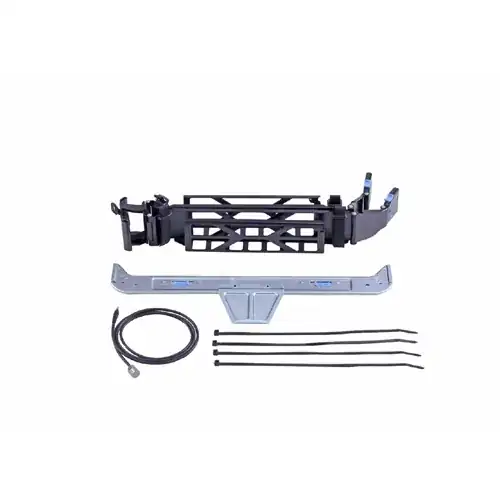Yes.
Even in the case of unshielded cables and "dirty" power, I've yet to see it cause a problem. The interference generated by the power cables is small enough that it doesn't interfere with the digital networking singles going across your RJ45 cables, especially over such a short distance in the cable management arm. And I've seen 4 power cables, 6 CAT5 cables and a half dozen cables for miscellaneous peripherals (SCSI, USB, serial, etc) all twisted together into one long mess without issues.
Analog may be another story, but as long as it's digital, you're safe, whether the cables are shielded or not.
The only places I've seen where you have worry about interference from power source in networking cables are near really big power sources (like you'd find in a 5-ton AC unit, for example) or when running cables over the 100 meter standard "limit" for CAT-5.
